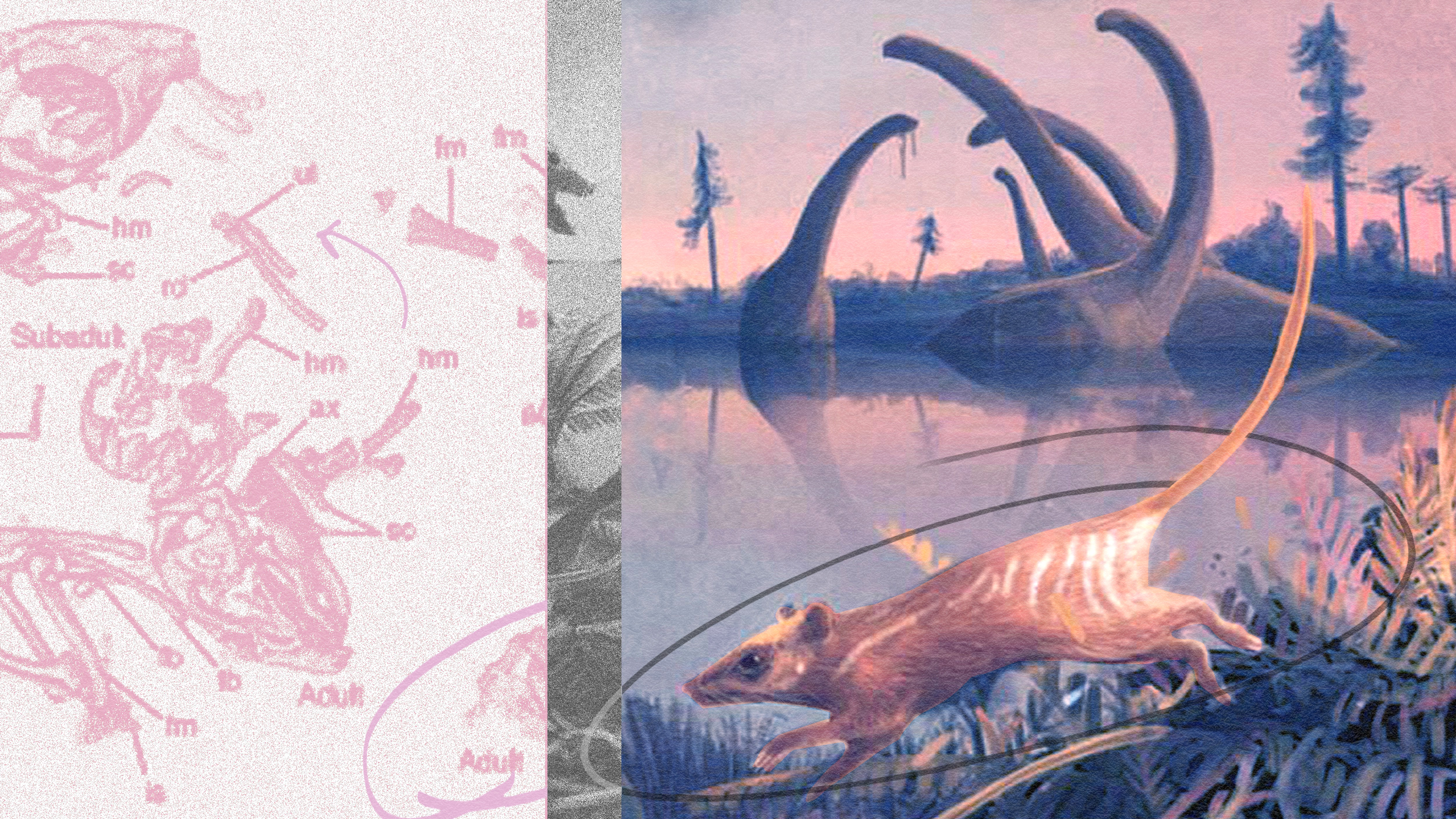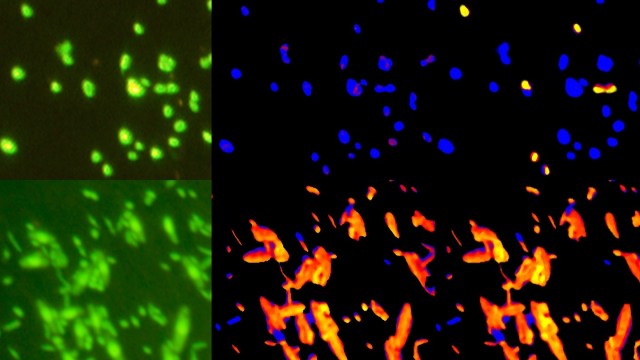Size matters: Bigger brains equal more complex hand movements in primates

Credit: Lisa Maree Williams/Getty Images
- A recent study examined the relationship between brain size and the development of motor skills across 36 primate species.
- The researchers observed more than 120 captive primates in 13 zoos for over seven years.
- The results suggest that primates follow rigid patterns in terms of which manipulative skills they learn first, and that the ultimate complexity of these skills depends on brain size.
Some animals waste no time developing. A baby giraffe, for example, can stand and even run from predators on its first day of life. A megapode chick can fly just hours after hatching. But human babies are late bloomers, requiring at least a couple years of care before they’re able to do much else besides stumble and cry.
This prolonged period of helplessness serves evolutionary functions, however. For one, it allows our comparatively large brains time to develop, enabling us to eventually learn complex skills, like the ability to manipulate objects with our hands. And it turns out that other primates share a similar development schedule in terms of handy abilities, called manipulative skills.
A new study explores the progression of manipulative skills across 36 primate species. The results, published in Science Advances: Evolutionary Biology, suggest that primates tend to develop increasingly complex manipulative skills in a specific order, and that primates with more sophisticated brains develop more sophisticated skills.

Fig. 1 Eight food manipulation categories and their order of emergence during ontogeny. Ninety-seven percent of all observed species (N = 36) and 82% of all observed individuals (N = 128) strictly followed this ontogenetic sequence.Heldstab et al.
“Our results show that the neural development follows extremely rigid patterns — even in primate species that differ greatly in other respects,” Sandra Heldstab, an evolutionary biologist in the Department of Anthropology at the University of Zurich, said in a press release.
For the study, the researchers observed 128 primates in 13 European zoos over seven years, recording more than 10,000 observations from the time the animals were born until they reached adult-level dexterity. The team found that smaller-brained primates, like lemurs, start learning simple motor skills at an earlier age than larger-brained primates, like chimpanzees.

Heldstab et al.
But the wait pays off for larger-brained primates: They’re eventually able to perform more complex tasks with their hands, like using tools, or moving both hands simultaneously to move multiple objects.
“It is no coincidence that we humans are so good at using our hands and using tools, our large brains made it possible,” Heldstab said. “A big brain equals great dexterity.”
It seems inefficient that primates, like chimps and humans, undergo such a long period of learning and dependency. But the researchers suggest this represents a fitness tradeoff: primate parents and children spend more time on development, but it leads to complex skills that help them get more food, and survive longer. In other words, animals don’t evolve to perform complex manipulative tasks unless it significantly prolongs lifespan.

Congo’s ArtworkWilliam Vanderson / Stringer
So, what does this mean for the evolution of other animals? The researchers say their findings imply that if a species is going to make and use tools, it needs to have “reached a sufficiently slow life history pace to permit such a change in their foraging niche.” In other words, the baby giraffe that hits the ground running might be good at escaping predators, but don’t expect it to do something like build a primitive fishing rod to “fish” for algae.
“Our study shows once again that in the course of evolution, only mammals that live a long time and have enough time to learn were able to develop a large brain and complex fine motor skills including the ability to use tools,” Heldstab said. “This makes it clear why so few species could follow our path and why humans could become the most technologically accomplished organism on this planet.”





